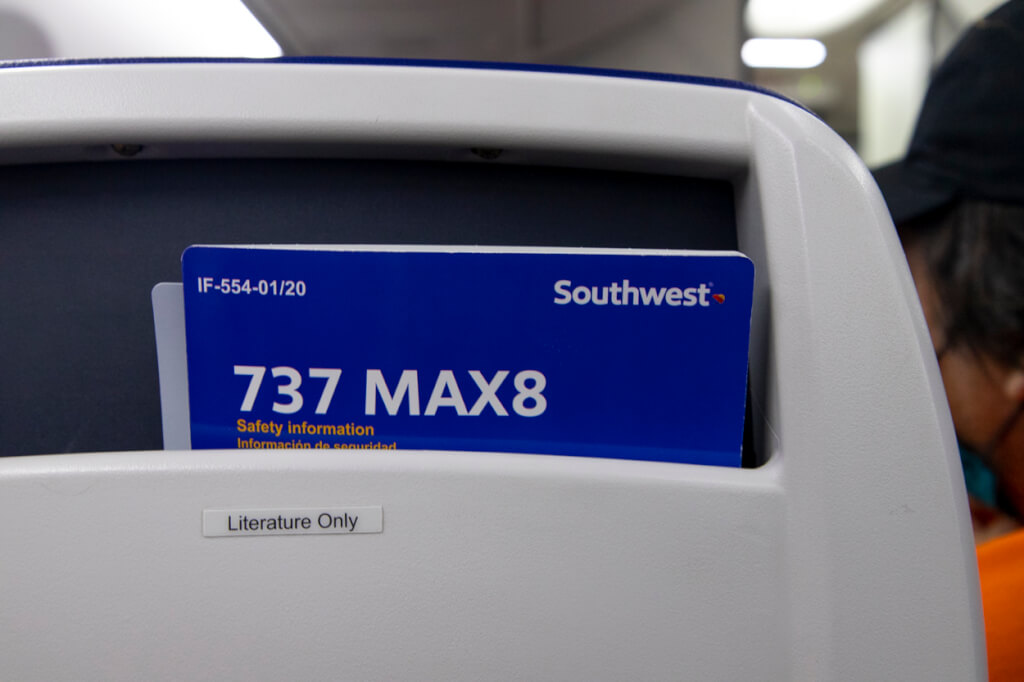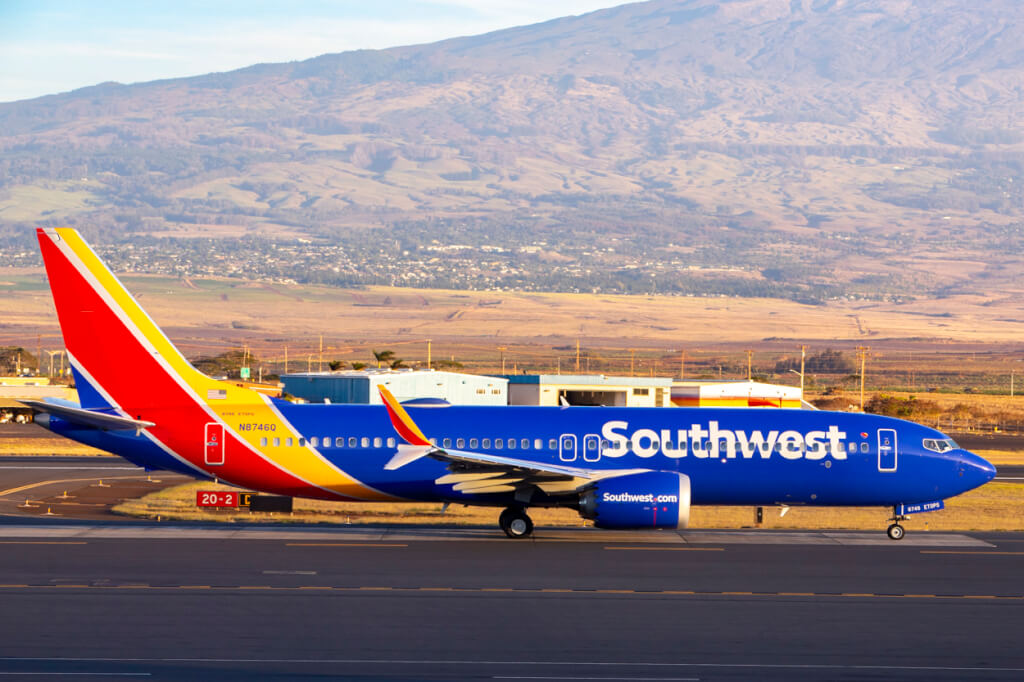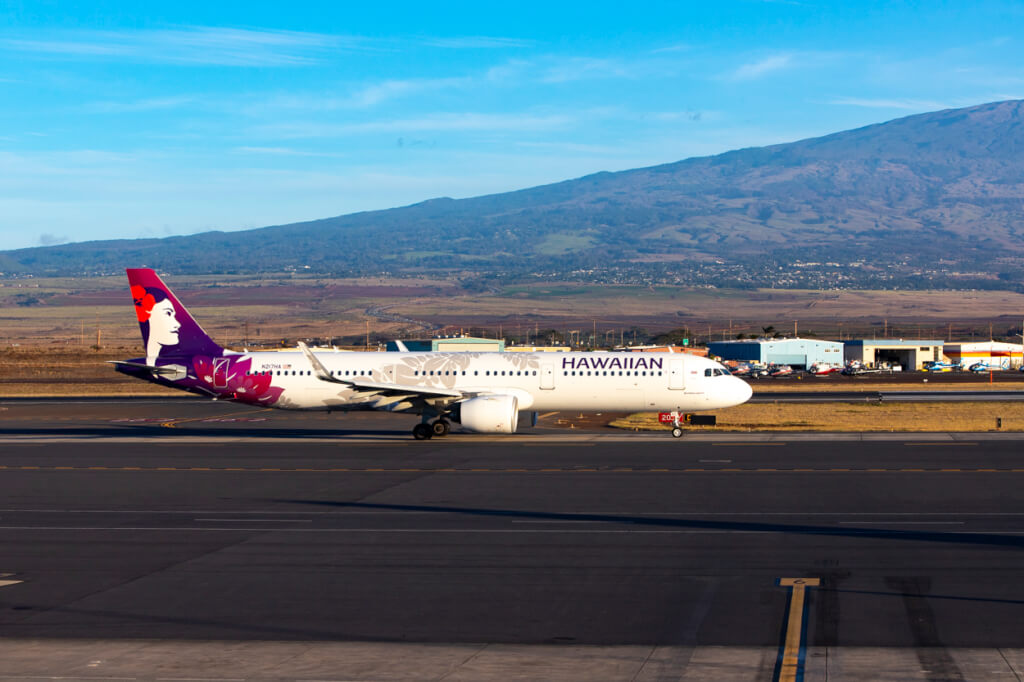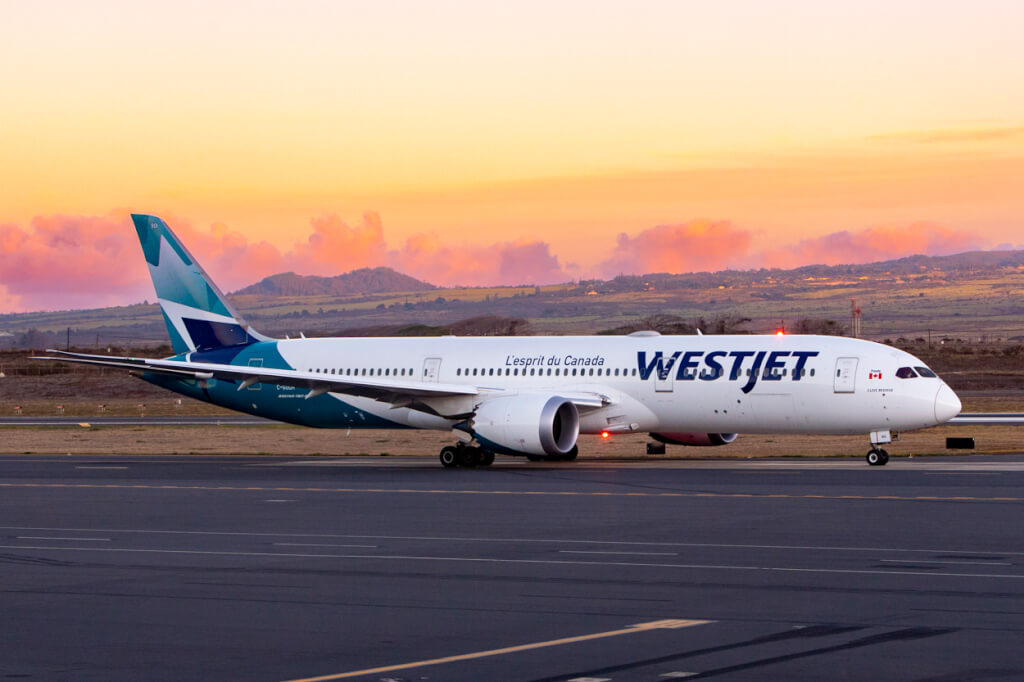It’s official. Every single major airline in the U.S. has ordered the Boeing 737 MAX. In the coming years, these jets are going to become increasingly common in our skies. So, it’s time to get over the 737 MAX fear.
While the Lion Air and South African disasters are tragic, I don’t think letting these incidents fear the aircraft is warranted. Before the tragedies and since returning to service, the Boeing 737 MAX has dutifully flown thousands of flights safely and efficiently. In fact, the only thing about them you should fear are their hilariously tiny lavatories, though older generation 737s are getting them too. So, unless you want to pull your hair out trying to get somewhere without a MAX, it’s time to get over the 737 MAX fear.

It’s Time to Get Over the 737 MAX Fear
Let me start off by saying I’m not here to debate what happened. All I’m going to say is that I think these two tragedies are the fault of both Boeing and the airlines in question. Take a look at all the stories regarding just Lion Air’s employment and training practices, and it’s easy to see why their pilots couldn’t recover. Heck, I’ve heard that pilots at American did experience similar issues on a minimal basis, though they were a complete non-issue for them.
Despite the type now proving itself to be safe, I occasionally hear people saying they’ll never fly on a 737 MAX, which I think is silly. In my opinion, it’s time to get over the 737 MAX fear, lest you want to drive yourself crazy trying to find a flight. Why? For one, Alaska, American, Delta, Southwest, and United have all placed large orders for the type.
Delta was the latest with an order for 100 Boeing 737 MAX 10s. Likewise, Alaska has an order for 145 jets spread across all variants except the -7, American has 130 -8s on order, Southwest has a whopping 384 -7s and -8s on order, and United has an incredible 450 -8s, -9s, and -10s on the books. Even Allegiant 50 MAXs on order. The only other major airlines you don’t see on this list are Frontier, Hawaiian, JetBlue, and Spirit. I wouldn’t rule Hawaiian entirely out either, as their 717 fleet is nearing the end of its life. However, in my opinion, they should go with an Embraer E-175.
If you live in Hawaii, you’re doubly screwed since many of the above airlines will use these jets on their Hawaii routes. In fact, Southwest is already doing so, while Alaska intends to do so once they get enough birds into their fleet.

Other “Dangerous” Aircraft
While the Boeing 737 MAX tragedies are the freshest in our minds, let’s not forget that other aircraft had their fair share of safety issues in the past as well. Often, these issues were even scarier than what happened here.
- Airbus A320 family: this one is a stealth issue, as no one died from it. However, Airbus and Pratt & Whitney were having issues with the engines on their flavor of the 737 MAX. In fact, there are a handful of incidents in which the aircraft lost power to one or both engines mid-flight. And while this didn’t happen to Hawaiian, it definitely had an impact on their fleet availability. The A320/330/340 also suffered from an issue similar to the MAX (LH1829) in which jammed angle of attack sensors caused the aircraft to believe it entered into a stall and activated the Alpha Protection system. This forced the aircraft to pitch down, which could not be corrected by full stick input. Crews had to disconnect related Air Data Units to recover control.

- Airbus A330: faulty pitot tubes from Thales led to the loss of airspeed data during icing conditions. This combined with inadequate response from the pilots, led to the deadly AF447 disaster. Airbus advised all A330 and A340 operators to replace the Thales parts with ones from Goodrich.
- Airbus A380: defective oil supply pipes led to an engine fire which triggered an uncontained engine failure in a Rolls-Royce Trent 900-powered aircraft belonging to Qantas. The incident didn’t cause any injuries or loss of life but did ground the Trent 900 fleet. At the same time, structural cracking in the aircraft’s wing box resulted in mandatory inspections of the global fleet and necessitated design changes.
- Boeing 747: sparks from electrical wires in the fuel tank lead to the total loss of TWA Flight 800 and led the FAA to mandate inerting systems in the center fuel tank of most large aircraft.
- Boeing 777: faulty design of the Rolls-Royce Trent 800 fuel filter caused them to become plugged with ice crystals leading to the loss of power. No fatalities are attributed to this issue, though one hull loss has been recorded. Similarly, the jet’s Pratt & Whitney PW400 engines suffered from early fatigue, leading to uncontained engine failures, as was the case recently on UA328.
- Boeing 787: no loss of life came from the 787, but let’s not forget the disastrous entry into service this aircraft had. fuel leaks, wiring issues, and battery fires plagued these groundbreaking birds early on in their career. Issues with the GE GEnx engine also caused power loss incidents.

- de Havilland Comet: the aircraft was not designed to withstand the stress of constant pressurization/depressurization, leading to a catastrophic depressurization disaster that was far worse than AQ243.
- McDonnell Douglas DC-10: a faulty design in which the cargo door opened outwards rather than inwards to improve space in the cargo hold resulted in incidents of explosive decompression, which often caused hydraulic lines to be severed and at least partial loss of control. Other issues, such as uncontained engine failures, lead to other incidents of loss of hydraulic power and, thus, control, including the infamous UA232 disaster at Sioux City.
- McDonnell Douglas/Boeing MD-11: design considerations made to improve fuel efficiency also made the aircraft inherently unstable. This issue is best exemplified by FedEx flight 80 crashing at Narita.
It’s Time to Get Over the 737 MAX Fear, Final Thoughts
As you can see above, many other aircraft had their fair share of issues, as the 737 MAX did. Many of these aircraft, most wouldn’t think twice about stepping aboard today. Some of these issues were even deadlier or potentially deadlier than what happened with the MAX. That’s not to say that Boeing should have done everything in its power to prevent it. However, I do think that to say the tragedies will continue to steer your flying decisions today is a bit much – especially when there are other issues like masking to protect against COVID that many refuse to do.
As you all know, I have no issue flying the 737 MAX and quite enjoyed it. It’s quieter than the 737NG but is otherwise exactly the same as far as passenger experience goes. So, come on now, it’s time to get over the 737 MAX fear. Boeing learned its lesson and cannot afford to have any more incidents happen. The fact that they’re financially motivated to prevent it means that the likelihood of it happening again is minimal.
